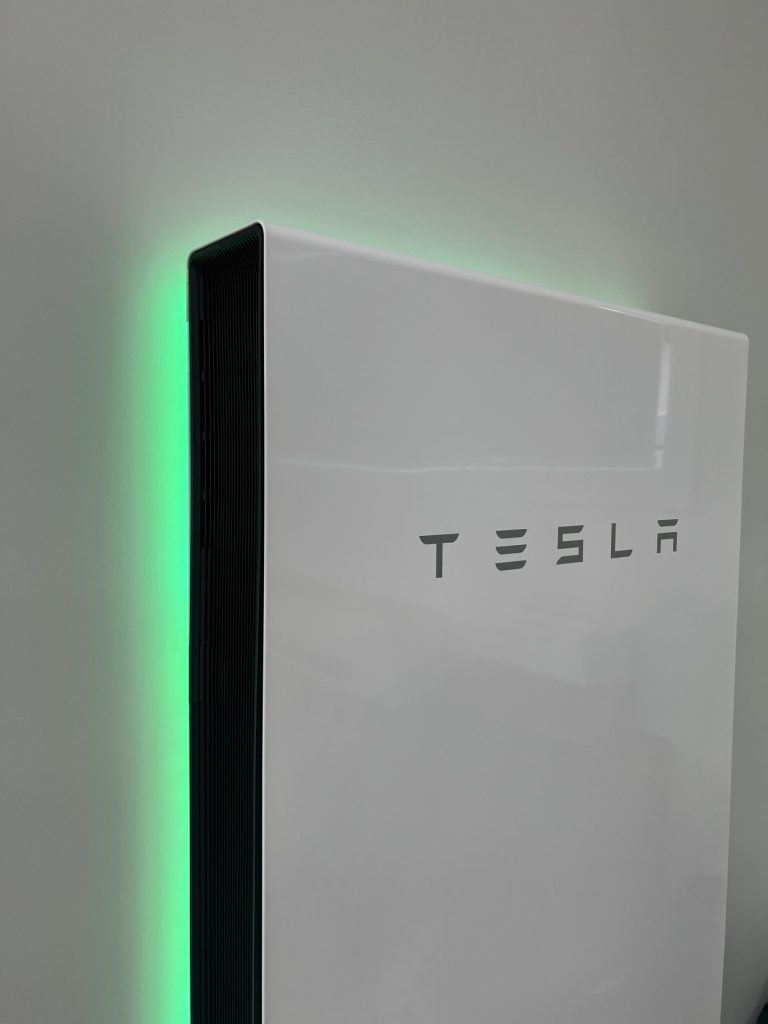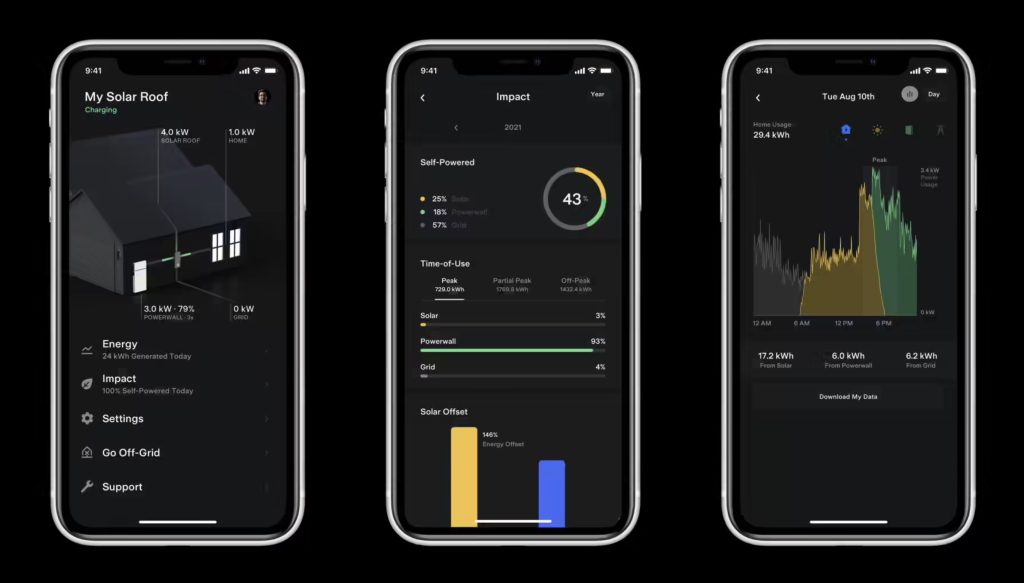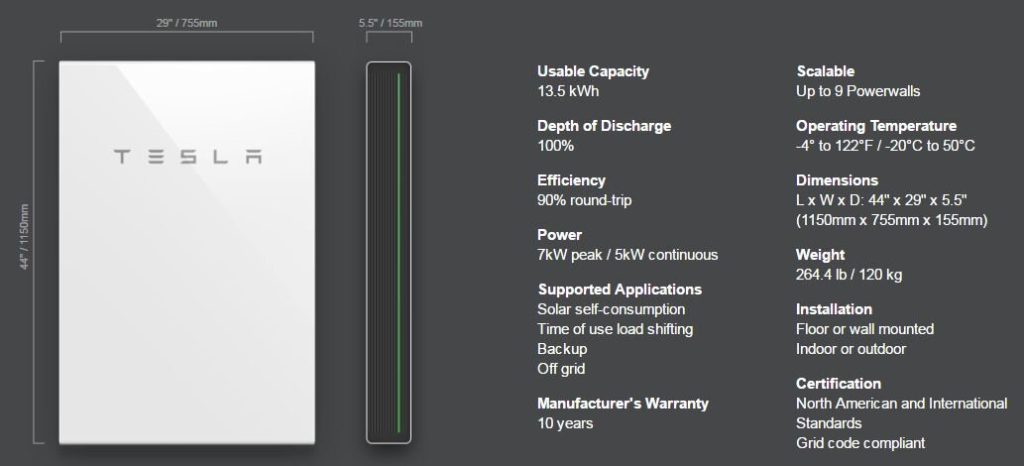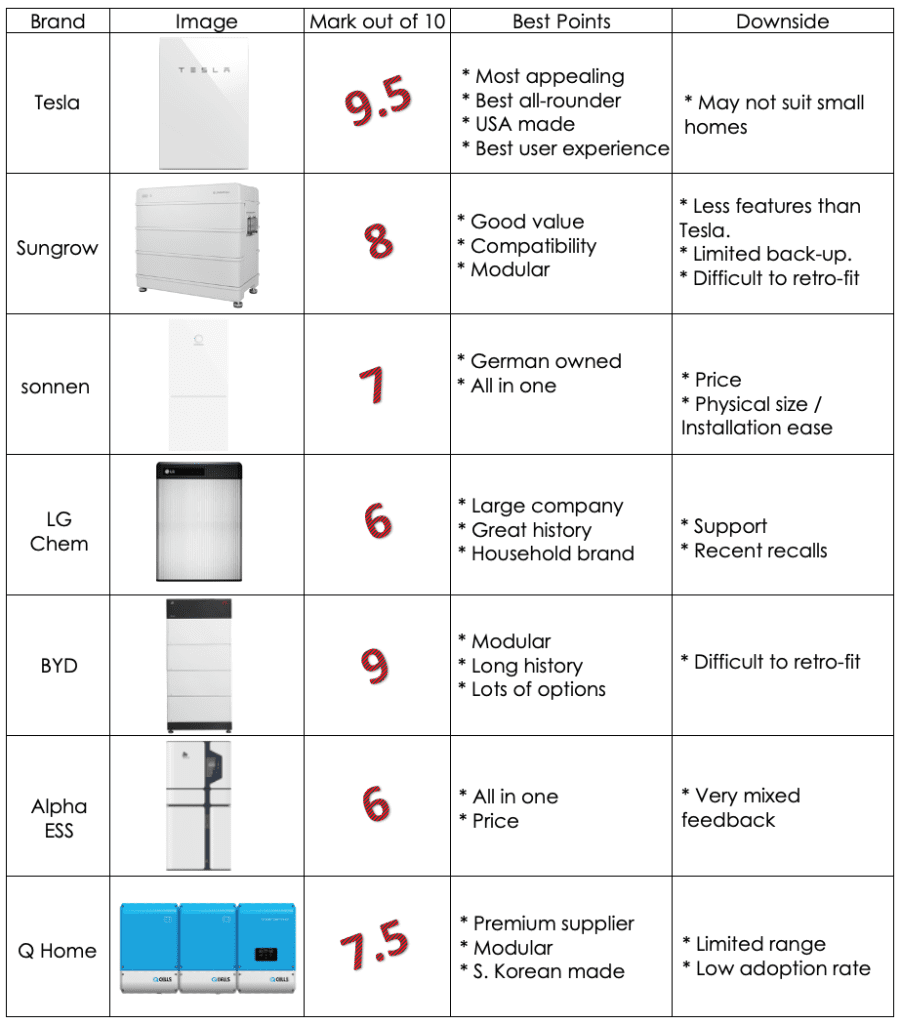Is the Tesla Powerwall 2 Solar Battery the Right Choice for Your Home?
Introduction:
Tesla Powerwall 2 stands out as a prominent and highly regarded option. Its modern aesthetic and the prestige of the Tesla brand have garnered significant interest from homeowners eager to harness and store surplus solar power. Yet, the question remains: is the Powerwall 2 the optimal solution for your home energy needs?
The Tesla Powerwall 2 – An In-Depth Look
The Tesla Powerwall 2, unveiled in 2016, is a sophisticated lithium-ion battery engineered to capture and store energy from solar panels. It offers a substantial usable capacity of 13.5 kWh, which is ample for the average residential setup. A key highlight of the Powerwall 2 is its robust peak discharge rate of 7kW, coupled with a continuous discharge rate of 5kW. This capability ensures that it can reliably supply power to a wide array of household appliances and essential electronics in the event of a grid failure, making it a robust backup power source.
We’re thrilled to share firsthand insights from one of our clients who has experienced the remarkable benefits of the Tesla Powerwall 2 and its accompanying app. In this video, our client guides us through their firsthand experience with the Tesla Powerwall 2 and its application. Discover how this state-of-the-art technology is hailed as the best battery in Australia, both in terms of aesthetics and functionality, as our client provides an in-depth explanation of its unparalleled benefits.
Background and Evolution
Tesla was started in 2003, and within a year Elon came on board, a man on a mission to single-handedly improve the world. Tesla started with EVs, and that is still their primary focus. However, as EVs require batteries, they have expanded into producing Tesla Powerall 2 batteries too. They’re manufactured in the USA.
In 2015 they released the Powerwall to the world, their first residential and commercial energy storage device. The first Powerwall was a 6.4kWh DC-coupled battery, much like the LG Chem Resu. Being DC-coupled, it needed to work with a hybrid inverter, such as the Sungrow SH5K. However, the first Powerwall has been superseded by the Powerwall 2.
Installation and Integration Considerations
As an AC-coupled storage solution, the Tesla Powerwall 2 can be seamlessly integrated with pre-existing solar installations, presenting a straightforward upgrade path for homeowners. This compatibility is a significant advantage for those who have already invested in solar panels and wish to enhance their system with energy storage.
You can install the Tesla Powerwall indoors or outdoors, on the floor or mounted on a wall, but not in front of or below habitable spaces. An expert consultation will determine the best location. The Gateway provides backup power at the main board, and rural setups may need a remote Neurio meter.
As an AC-coupled battery, the Powerwall requires a separate solar inverter (e.g., Fronius) to work with a solar system, involving panels, the Tesla Powerwall, and an inverter, similar to DC-coupled systems with panels, a hybrid inverter, and a battery.
We recently installed a Tesla Powerwall battery system at a client’s home. Choosing the Tesla Powerwall 2 was the best all-around option. The client praised features like the intuitive app, reliable backup function, and sleek aesthetics. As an installer, I also appreciate how easy Tesla batteries are to set up.

The image above shows a Tesla installation by GI Energy.
Tesla Powerwall 2 App
Using the Tesla app, you can track your home’s energy production and consumption in real time. Adjust your settings to prioritize energy independence, outage protection, or cost savings. Receive instant alerts and enjoy remote access, allowing you to manage your system from anywhere.
Our previous client checks the app daily to monitor solar generation, home usage, and battery levels. This has helped optimize discharge times. The app’s storm guard feature provides extra peace of mind too. With energy prices rising, batteries like the Powerwall are becoming more attractive for their potential cost savings.

Performance and Efficiency Metrics
Beyond its sleek design and the allure of the Tesla brand, the Powerwall 2’s performance metrics are equally impressive. It boasts a round-trip efficiency of 90%, which means that only a minimal amount of energy is lost during the charge and discharge cycles, maximizing the utility of stored solar energy. Furthermore, Tesla backs the Powerwall 2 with a robust 10-year warranty, assuring owners that the unit will retain at least 70% of its capacity after ten years of operation, which is a testament to its durability and long-term reliability.

Comparative Analysis with Other Solar Batteries
The market for solar batteries features a variety of alternatives to the Tesla Powerwall 2, including products from sonnen, BYD, and LG. These competitors offer their own unique advantages, which may include more competitive pricing or extended warranty periods. While the Powerwall 2 is a leader in power output and enjoys strong brand recognition, it is essential for consumers to assess the full spectrum of available options. Some homeowners may find that another brand’s offering aligns more closely with their specific energy storage needs, budget constraints, or warranty preferences.

Conclusion:
The Tesla Powerwall 2 is a formidable contender in the solar battery market, boasting commendable performance, ease of integration, and the cachet of the Tesla brand. Its design and technological prowess make it an attractive option for homeowners. Nevertheless, when contemplating the addition of a solar battery to your home, it is critical to weigh various considerations, including initial and long-term costs, system efficiency, and warranty coverage. By thoroughly evaluating your individual energy requirements and comparing the diverse range of solar batteries on the market, you can ascertain whether the Tesla Powerwall 2 is the most suitable choice for your home or if an alternative product might more effectively fulfill your energy storage needs
Warranty
Tesla Powerwall 2 warranty is 10 years with 70% of the original capacity retained. This applies to self use and backup only. A separate throughput warranty of 37.8MWh applies if the battery is used as part of a VPP plan. Using the throughput warranty this would equate to roughly 80% of the battery being consumed every day of the year, which may not be likely in the real world.
Like most batteries in the market, the Tesla offers a 10-year warranty. After 10 years, it is guaranteed to have 70% of its capacity (i.e. 9.2kWh). The warranty also covers 37MWh of throughput, which is about 3000 cycles. This is enough for a daily cycle for about 8 years, which sounds decent until you realise the sonnen warranty covers 10,000 cycles – up to 3 a day for 10 years. The sonnen will also still be at 80% after 10 years, not 70%.
Recommendation:
The Tesla Powerwall 2 is an excellent all-round choice for a solar battery, offering reliable backup power, a substantial amount of usable energy for most homes, and an attractive design. However, it is not the only option available. There are several other solar batteries that may better suit your needs and budget. Here are some useful links:










